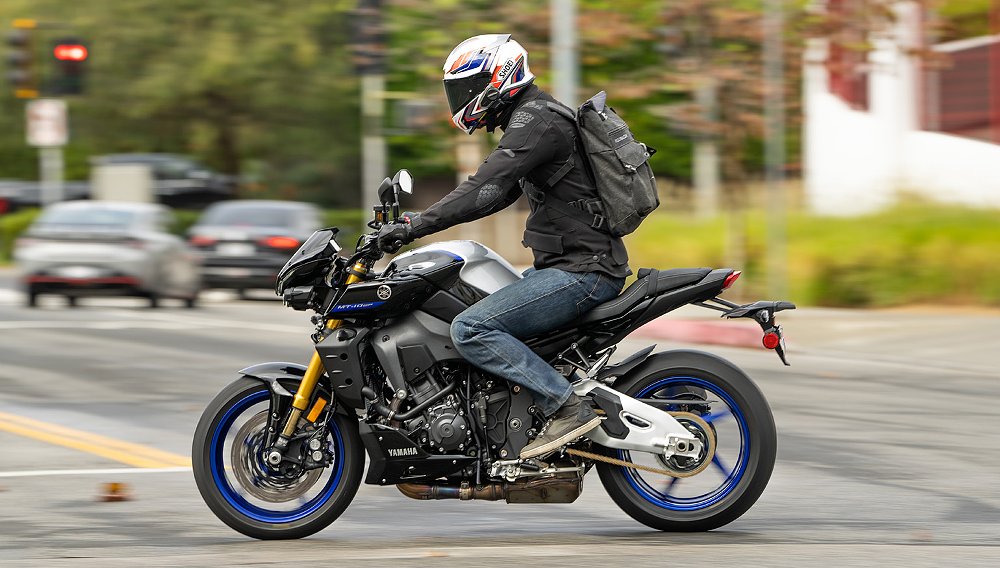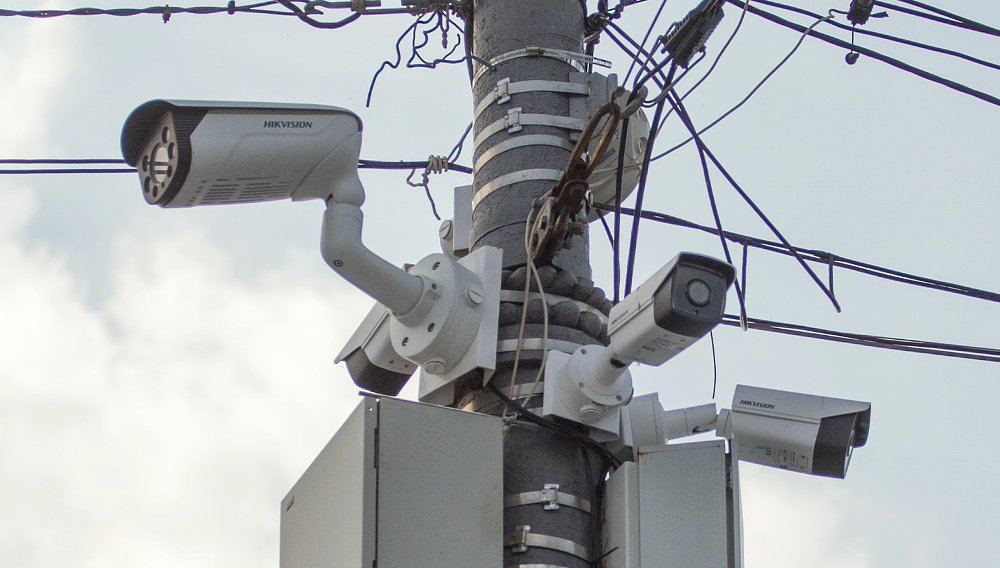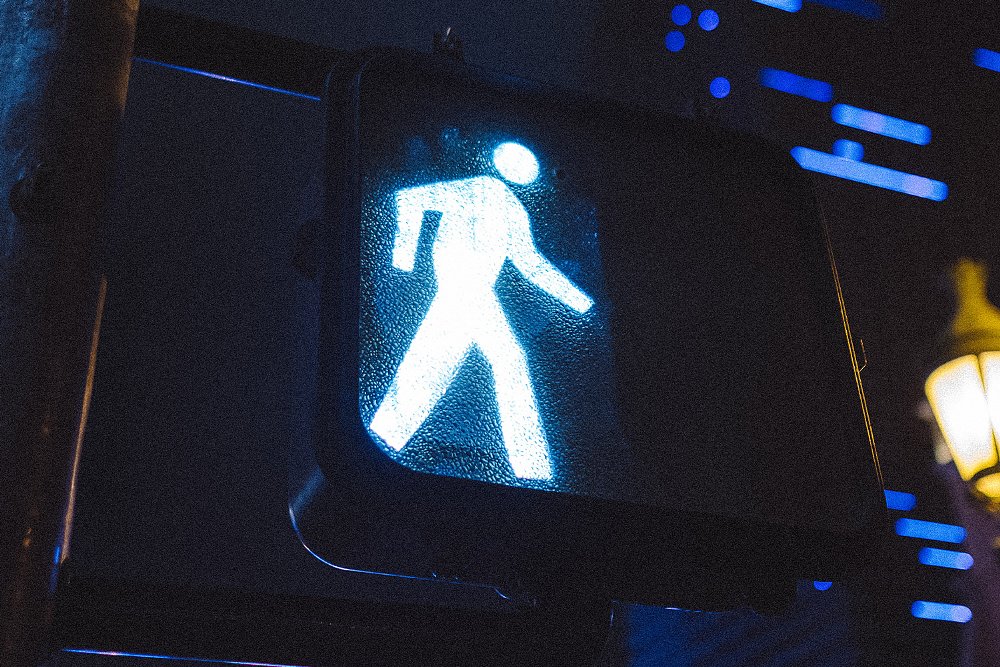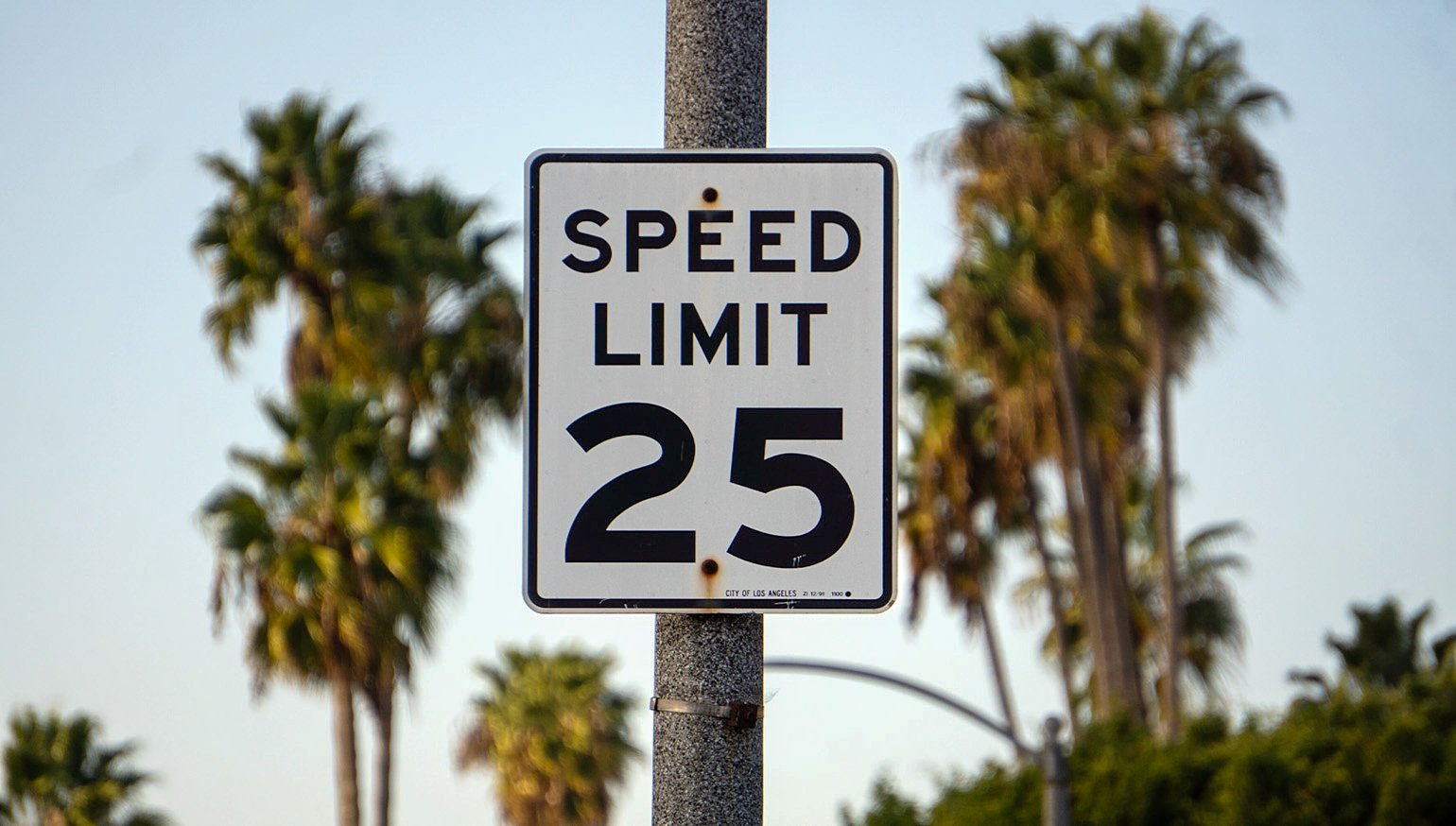In October, California Governor Gavin Newsom approved Assembly Bill 645. The law permits cities in the San Francisco Bay Area (San Francisco, Oakland, and San Jose) and Greater Los Angeles (Los Angeles, Glendale, and Long Beach) to deploy speed cameras as part of a five-year pilot program.
The six designated cities can install cameras along school zones, in areas where street racing has occurred, and other high-injury streets or networks. Motorists caught driving (or riding) 11 to 15 mph over the speed limit will incur a $50 fine. The tiered system also includes penalties for exceeding posted limits by 16 to 25 mph ($100) and 26 mph or more ($200). Those traveling over 99 mph will automatically receive a $500 ticket.

It’s important to note that local transit agencies — not police — will manage the program. Therefore, violators risk neither criminal penalties nor points on their driver’s license. Despite its somewhat toothless consequences, legislators hope the pilot program curbs reckless driving complaints throughout the state.
A long time coming
This is far from the Golden State’s first attempt to improve traffic safety with speed cameras. More than half a dozen similar bills failed to gain broad support in years past. This time around, rising traffic death rates forced representatives to reassess the need for speed-limiting surveillance.

According to the California Office of Traffic Safety, vehicular collisions killed 1,108 pedestrians in the state in 2021. That’s more than a quarter of California’s total traffic fatalities (4,285) from the same year. It’s also a 9.4% increase over the 1,013 pedestrians killed in 2020. The state's governing bodies believe that AB 645 will help address this trend, similar to speed camera programs in other U.S. cities.
New York City deployed its first speed cameras in 2014. The program was such a success that officials broadened its coverage to 750 school speed zones by 2019. Just two years later, the New York City Department of Transportation claimed that “speeding at fixed camera locations” dropped by an average of 73%. In a study released in August, NYC DOT also noted that pedestrian fatalities were “down by nearly 20% through the first seven months of 2023,” representing “historic declines in pedestrian deaths.”
The Big Apple may provide a more direct comparison for California cities, but states around the country have long embraced speed cameras. The Governors Highway Safety Association reports that 18 states (and the District of Columbia) have passed laws allowing the use of speed cameras. That includes Alabama, Connecticut, Arkansas, Arizona, and Ohio.

Speed-monitoring devices won’t be the only cameras in California either. In September 2022, Governor Newsom also authorized a noise camera pilot program proposed in Senate Bill 1079. The legislation calls upon the Department of the California Highway Patrol to submit a report on or before January 1, 2025, assessing the effectiveness of the now active “sound-activated enforcement devices.” Similarly, AB 645 will require each city to deliver a report on the “impact on street safety” following the fifth year of its speed camera pilot program.
The message to California riders: Slow down and pipe down.

 Membership
Membership





